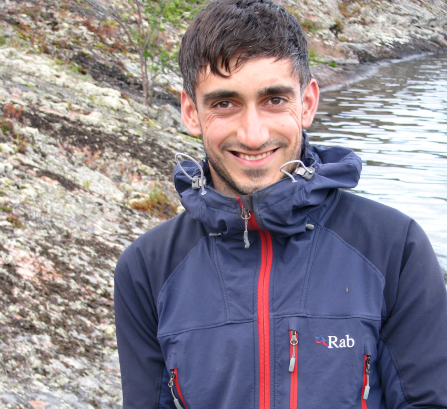Abstract:
Geodynamic processes operating over human  timescales, such as postseismic deformation, involve small strains occurring by dislocation motion under changing stress conditions. However, the microphysical basis for rheological models of this transient creep is poorly developed due to the challenge of providing microstructural constraints. An important development in refining such models has been the recent application of high-angular resolution electron backscatter diffraction (HR-EBSD) to geological materials. HR-EBSD maps
timescales, such as postseismic deformation, involve small strains occurring by dislocation motion under changing stress conditions. However, the microphysical basis for rheological models of this transient creep is poorly developed due to the challenge of providing microstructural constraints. An important development in refining such models has been the recent application of high-angular resolution electron backscatter diffraction (HR-EBSD) to geological materials. HR-EBSD maps  distortion of crystal lattices based on corresponding distortion of diffraction patterns. The data provide maps of geometrically necessary dislocations (GNDs) and heterogeneity in residual stress. I will provide an overview of the technique and its application to geological materials in the context of developing a new rheological model for transient creep of olivine. The results demonstrate that intragranular stress heterogeneities on the order of hundreds of megapascals and spatially associated with GNDs are common in samples deformed in both experiments and nature. These observations constrain a new model for intragranular transient creep based on generation and release of back stresses between dislocations.
distortion of crystal lattices based on corresponding distortion of diffraction patterns. The data provide maps of geometrically necessary dislocations (GNDs) and heterogeneity in residual stress. I will provide an overview of the technique and its application to geological materials in the context of developing a new rheological model for transient creep of olivine. The results demonstrate that intragranular stress heterogeneities on the order of hundreds of megapascals and spatially associated with GNDs are common in samples deformed in both experiments and nature. These observations constrain a new model for intragranular transient creep based on generation and release of back stresses between dislocations.